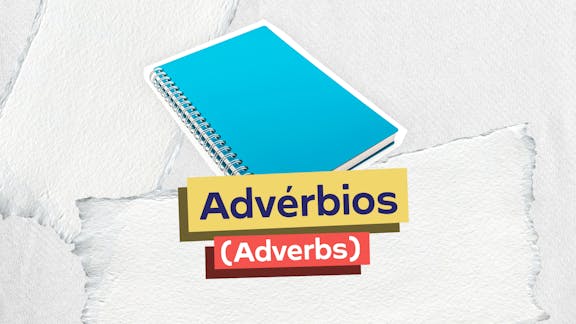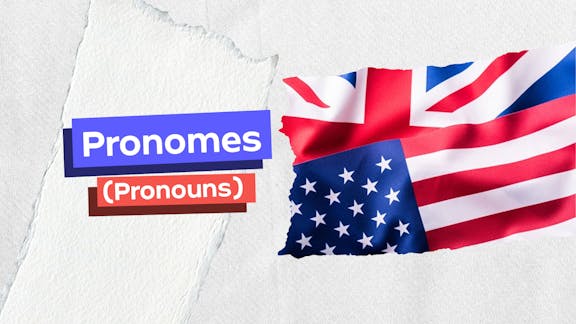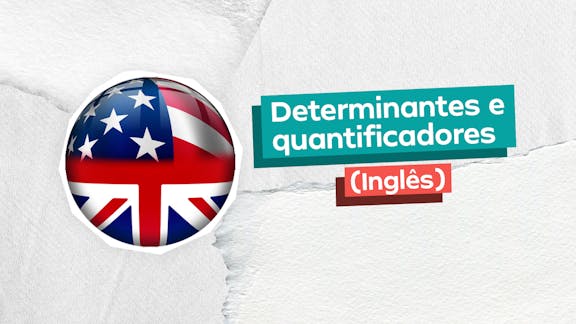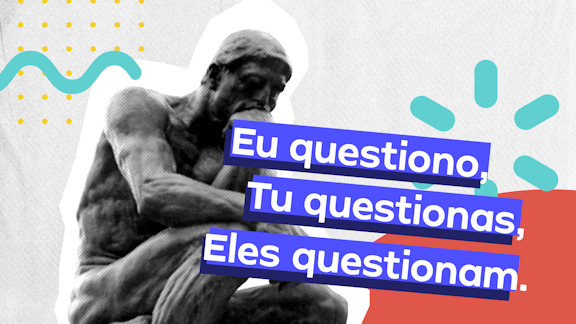No trecho do primeiro parágrafo “A progressive person might
show you the same climate change graphs over and over
while a conservative person might point to the trillions of
dollars of growing national debt”, o termo sublinhado indica
sentido de

In today’s political climate, it sometimes feels like we
can’t even agree on basic facts. We bombard each other
with statistics and figures, hoping that more data will make
a difference. A progressive person might show you the same
climate change graphs over and over while a conservative
person might point to the trillions of dollars of growing national
debt. We’re left wondering, “Why can’t they just see? It’s so
obvious!”
Certain myths are so pervasive that no matter how many
experts disprove them, they only seem to grow in popularity.
There’s no shortage of serious studies showing no link
between autism and vaccines, for example, but these are no
match for an emotional appeal to parents worried for their
young children.
Tali Sharot, a cognitive neuroscientist at University College
London, studies how our minds work and how we process
new information. In her upcoming book, The Influential Mind,
she explores why we ignore facts and how we can get people
to actually listen to the truth. Tali shows that we’re open to
new information – but only if it confirms our existing beliefs.
We find ways to ignore facts that challenge our ideals. And as
neuroscientist Bahador Bahrami and colleagues have found,
we weigh all opinions as equally valid, regardless of expertise.
So, having the data on your side is not always enough.
For better or for worse, Sharot says, emotions may be the key
to changing minds.
(Shankar Vedantam. www.npr.org. Adaptado.)

In today’s political climate, it sometimes feels like we can’t even agree on basic facts. We bombard each other with statistics and figures, hoping that more data will make a difference. A progressive person might show you the same climate change graphs over and over while a conservative person might point to the trillions of dollars of growing national debt. We’re left wondering, “Why can’t they just see? It’s so obvious!”
Certain myths are so pervasive that no matter how many experts disprove them, they only seem to grow in popularity. There’s no shortage of serious studies showing no link between autism and vaccines, for example, but these are no match for an emotional appeal to parents worried for their young children.
Tali Sharot, a cognitive neuroscientist at University College London, studies how our minds work and how we process new information. In her upcoming book, The Influential Mind, she explores why we ignore facts and how we can get people to actually listen to the truth. Tali shows that we’re open to new information – but only if it confirms our existing beliefs. We find ways to ignore facts that challenge our ideals. And as neuroscientist Bahador Bahrami and colleagues have found, we weigh all opinions as equally valid, regardless of expertise.
So, having the data on your side is not always enough. For better or for worse, Sharot says, emotions may be the key to changing minds.
(Shankar Vedantam. www.npr.org. Adaptado.)
Gabarito comentado
Os conectivos são responsáveis pela coesão textual. Eles introduzem uma ideia conectando-a com a frase (ou ideia) anterior, unindo as duas partes do texto.
A conjunção “while" pode ter mais de um sentido a depender do contexto em que ela é empregada. “While" pode atuar como (1) conjunção temporal que introduz a ideia de concomitância de dois eventos, (2) conjunção concessiva que introduz uma ideia contrária à principal, sem, no entanto, impedir sua realização; (3) conjunção comparativa.
No trecho “A progressive person might show you the same climate change graphs over and over while a conservative person might point to the trillions of dollars of growing national debt", “while" liga duas situações contrastantes: um progressista pode mostrar gráficos de mudança climática e um conservador pode apontar para os trilhões de dólares de dívida crescente. Trata-se do segundo caso apontado acima.
Está correta a alternativa E.
GABARITO DO PROFESSOR: LETRA E.






